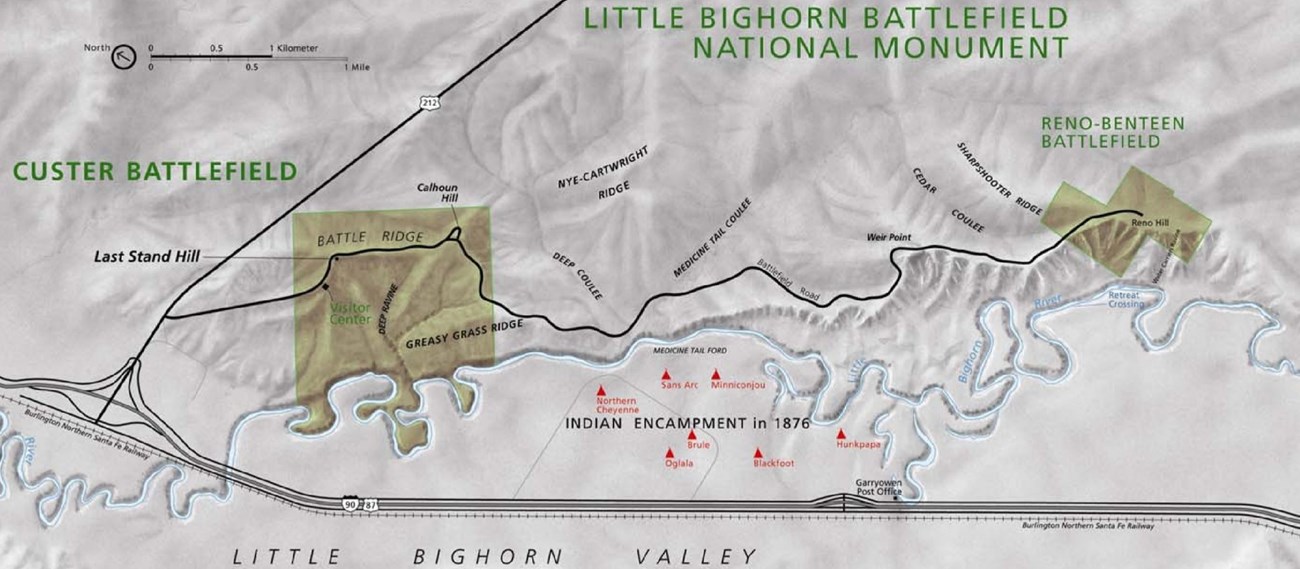
Historical Era:
Historical Theme:
Collection:
Categories of Documents:
Little Bighorn Battlefield National Monument (LIBI), located in southeastern Montana, was originally established as a national cemetery on Jan. 29, 1879, less than three years after the Battle of the Little Bighorn. The national monument memorializes one of the last major victories of the Northern Plains Native Americans to preserve their ancestral way of life, and protects the site where Lieutenant Colonel George A. Custer and all the men under his immediate command met their demise on what is now “Last Stand Hill” (KellerLynn 2011). LIBI was renamed as a national monument Dec. 10, 1991 and encompasses 765 acres of federal land (Anderson 2017). The primary purpose of LIBI is to preserve and protect the historic and natural resources related to the Battle of Little Bighorn, as well as educate visitors about the events surrounding the battle and its resulting effects (KellerLynn 2011).
Source: Henderson, T., V. L. Santucci, T. Connors, and J. S. Tweet. 2020. National Park Service geologic type section inventory: Rocky Mountain Inventory & Monitoring Network. Natural Resource Report NPS/ROMN/NRR—2020/2215. National Park Service, Fort Collins, Colorado.
“Stratotype Inventory-Little Bighorn Battlefield National Monument, Montana (U.S. National Park Service).” National Parks Service, U.S. Department of the Interior, www.nps.gov/articles/000/stratotype-inventory-little-bighorn-battlefield-national-monument-montana.htm. Accessed 15 Apr. 2025.

